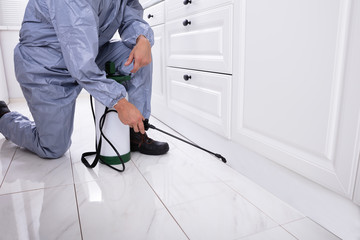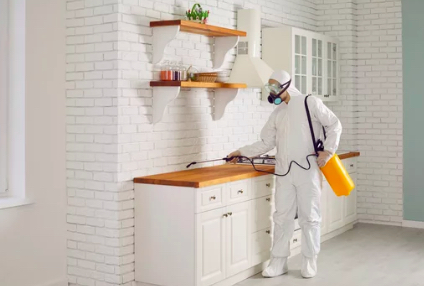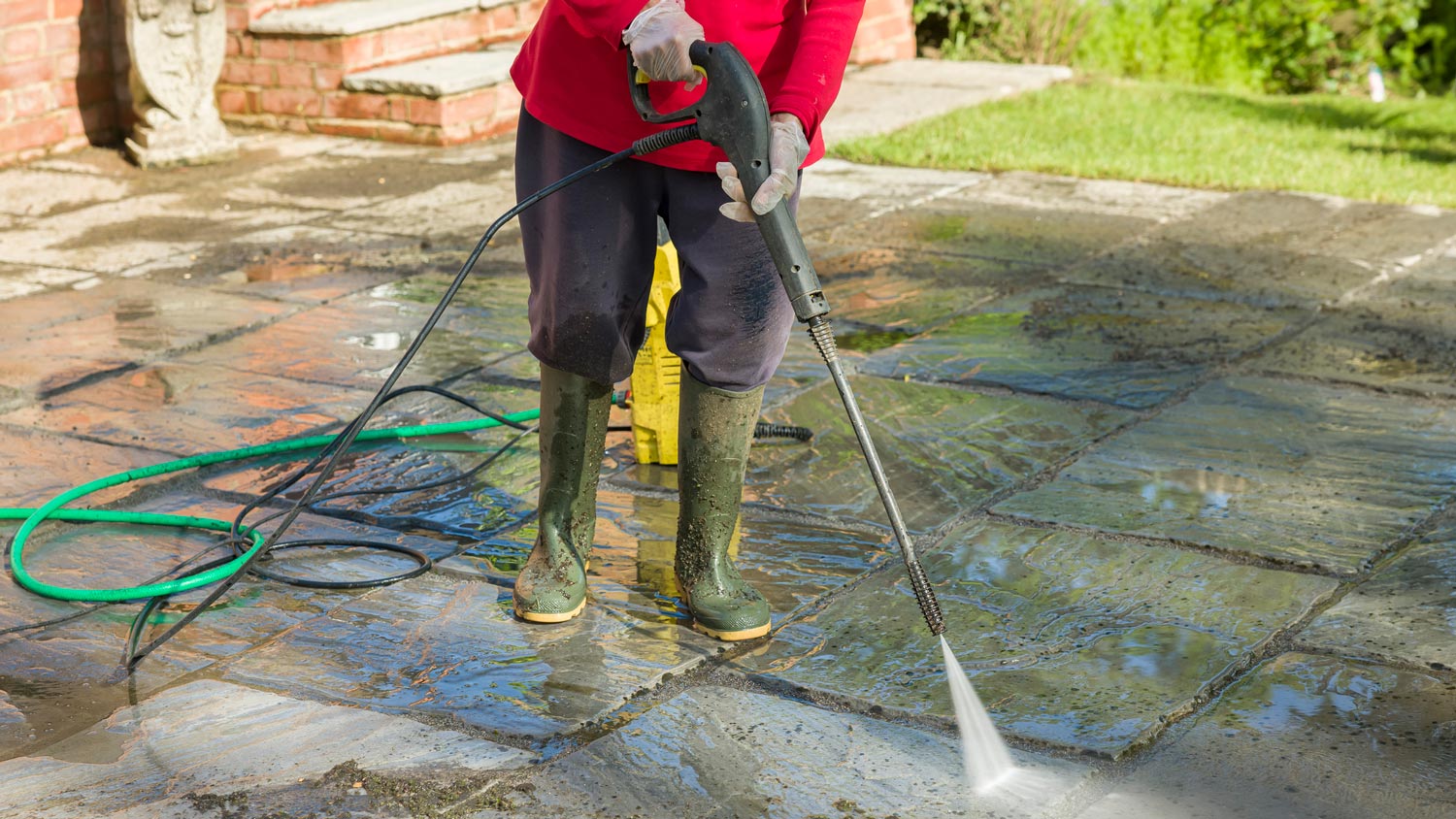Learn Real Estate Investing can be an excellent source of income. However, it requires careful consideration of the market and the property type. This is why it is important to take a course and understand the fundamentals of real estate investing.
Whether you want to flip properties or enjoy a steady cash flow from rentals, there are several options available. Here are a few tips to help you get started:

Investing in real estate can be a good way to diversify your investment portfolio, but you should know what you’re getting into before you start. You need to understand the ins and outs of the market, how real estate prices fluctuate, and how to negotiate a deal. In addition, you should have a variety of soft skills that are important for your career in the real estate industry. These include excellent written and verbal communication, negotiation, and organization.
Whether you’re investing in a REIT or another investment vehicle, it’s important to pay attention to earnings and the company’s capitalization rate. These metrics can help you assess the REIT’s potential future performance and determine if it is under- or overpriced. Additionally, it’s important to find out how diversified the REIT is. A REIT that invests heavily in a single type of property may experience more losses than a diversified one.
REITs offer investors a way to get exposure to the real estate industry without having to purchase and manage their own property. They also pay out dividends, which are taxed as ordinary income rather than as long-term capital gains. However, REITs tend to perform poorly when interest rates are rising, because they compete with safer income investments like Treasury bonds.
To choose the right REIT, consider its location, demographics, and economic strength. A REIT that invests in a strong economy will have more cash flow available for acquisitions and will be able to charge higher rents than it would in a weak economy. Additionally, look at the REIT’s financial stability, including its debt-to-asset ratio. The better the REIT’s financial health, the more likely it is to grow in value.
Finally, look at the REIT’s portfolio. The best REITs will have a diverse mix of properties and a wide range of tenants. This will minimize the risk of losing money if one property is lost or if a tenant defaults on a lease. You can also invest in a REIT fund, which holds many REITs and helps diversify your portfolio. This is especially useful for new investors who don’t have a lot of money to invest in individual properties.
Investing in a rental property
Investing in rental properties can be lucrative for those who know how to manage them properly. However, it requires a substantial amount of time and money to find and fix problems when they arise. It also requires knowledge of leasing, mortgage loans, and tenant and landlord laws. Full-time investors may be hands-on, or they might opt to hire a property management company to do the work for them.
Another option for new investors is to invest in a real estate investment trust (REIT). This vehicle allows people to diversify their investments and earn passive income from the rent of other property owners. The REIT’s portfolio includes commercial and residential properties, and it is a great option for those who want to earn passive income from real estate investments without the hassle of being a landlord.
When considering a real estate investment, it is important to consider the return on your investment and your own risk tolerance. Investing in a rental property is an excellent way to earn a steady income, but it can be more complicated than investing in the stock market. If you are a beginner, it’s best to start small and invest in a single rental property. This will allow you to learn the ins and outs of real estate investing and avoid making costly mistakes.
One of the biggest mistakes that new property investors make is assuming expenses. It’s critical to make sure that all operating costs are accounted for, and to leave room in your budget for unexpected expenses. These expenses can eat into your profits and lead to financial distress if you’re not prepared for them.
A no-money-down strategy can be a great way to get started in real estate investing, but it’s important to weigh the risks against the benefits. This strategy requires a lot of creativity and exploration of alternative financing options. It can also take a while to sell the property once it becomes vacant.
Large-scale residential rentals are typically a hands-off investment, but they can offer significant returns on your investment. You should choose a trustworthy property manager and have a good understanding of tenant and landlord law before investing in this type of property. Moreover, you should have minimal debt, a cash cushion for repairs, and clear goals for your long-term investment.
Investing in a fix-and-flip property
One of the most popular ways to invest in real estate is through fix-and-flip properties. However, before you make this type of investment, it’s essential to understand what’s involved. You’ll need to be financially prepared, which means having enough money for a down payment, partnership share, and reserves. You should also set aside an emergency fund, pay off consumer debt, and automate your retirement savings. Real estate is a large investment, so it’s important to have enough capital to cover operating expenses and unexpected costs.
To succeed in fix-and-flip investing, you must be able to identify a good deal and complete the project on time. This requires extensive research and networking. You should also know what buyers are looking for in your area and how much property prices are changing. To find the right property, look for distressed homes or those that can be easily improved to increase their value. You should also have a good understanding of local regulations and construction costs.
Before committing to a fix-and-flip, it’s essential to create a detailed scope of work that includes all costs. This way, you’ll be able to budget accordingly and avoid costly mistakes. It’s also important to understand the market and have a solid plan for how you’ll finance the renovation. It’s also a good idea to build a team of experts, including contractors, architects, and attorneys.
Investors who are new to the fix-and-flip game may be tempted to cut corners or over-improve their properties. However, this can lead to significant problems down the road. For example, if you over-improve your home, it could be more expensive to maintain than a comparable property in the same neighborhood. In addition, many neighborhoods require specific selling prices.
Investing in a fix-and-flip property can be a great way to earn a quick return on your investment. However, it’s important to balance this strategy with other forms of investment, such as buy and hold. This can help reduce your risk of losing all of your money if the market crashes.
Investing in a commercial property
Real estate investing can be a great way to build wealth. However, it’s not a sure thing, and there are some risks involved. For example, property values can fall, and tenants can stop paying rent. This makes it important to do your homework before investing. In addition, it’s a good idea to diversify your investments, and invest in multiple types of properties. This will lower your risk.
Whether you’re interested in buying commercial properties or residential homes, it’s important to understand the basics of real estate investing before making any decisions. You can start by reading books, attending seminars, or joining online forums to learn the ropes. Also, it’s a good idea to get to know other investors and professionals in your area. They can help you find deals and offer advice.
There are several different types of commercial real estate investments, but the best option for you depends on your own financial goals and investment style. For instance, if you’re interested in a hands-on approach, try landlording or flipping. On the other hand, if you’re looking for a more passive investment, consider REITs. REITs are traded like stocks, but they pay out a percentage of their income in dividends to shareholders.
While commercial real estate is a lucrative investment, it’s not without its challenges. In order to be successful, you must know your market and understand the latest trends in the industry. You should also make sure you have a plan for handling a downturn, and be prepared to invest a substantial amount of capital.
The most important factor in determining the profitability of commercial real estate is location. The location of a building determines how well it will perform, and the type of tenant it will attract. For instance, a building that is designed for office space will perform better in an urban center than in a suburban neighborhood. Similarly, the location of an industrial property will have a greater impact on its profitability than a retail property.
Another important factor is the ability to manage a commercial property efficiently. This involves understanding the rental market, analyzing comparables, and evaluating financing options. It’s also a good idea to use an investment calculator and review the property’s operating expenses.

 Chemicals are widely used to control pests because they are easy to apply and work quickly. However, they can also be toxic to the environment and people. As a result, they often cause ecological imbalances. For example, when animal species that are natural predators of pest insects are killed with pesticides, the pests suddenly have no natural enemy and multiply rapidly. They can also become resistant to the chemicals. Moreover, many chemical pesticides are persistent organic pollutants (POP) that accumulate in the fat of marine mammals and disrupt the endocrine system. They are also found in groundwater, in soil and waterways, and in the food of humans and animals.
Chemicals are widely used to control pests because they are easy to apply and work quickly. However, they can also be toxic to the environment and people. As a result, they often cause ecological imbalances. For example, when animal species that are natural predators of pest insects are killed with pesticides, the pests suddenly have no natural enemy and multiply rapidly. They can also become resistant to the chemicals. Moreover, many chemical pesticides are persistent organic pollutants (POP) that accumulate in the fat of marine mammals and disrupt the endocrine system. They are also found in groundwater, in soil and waterways, and in the food of humans and animals.








